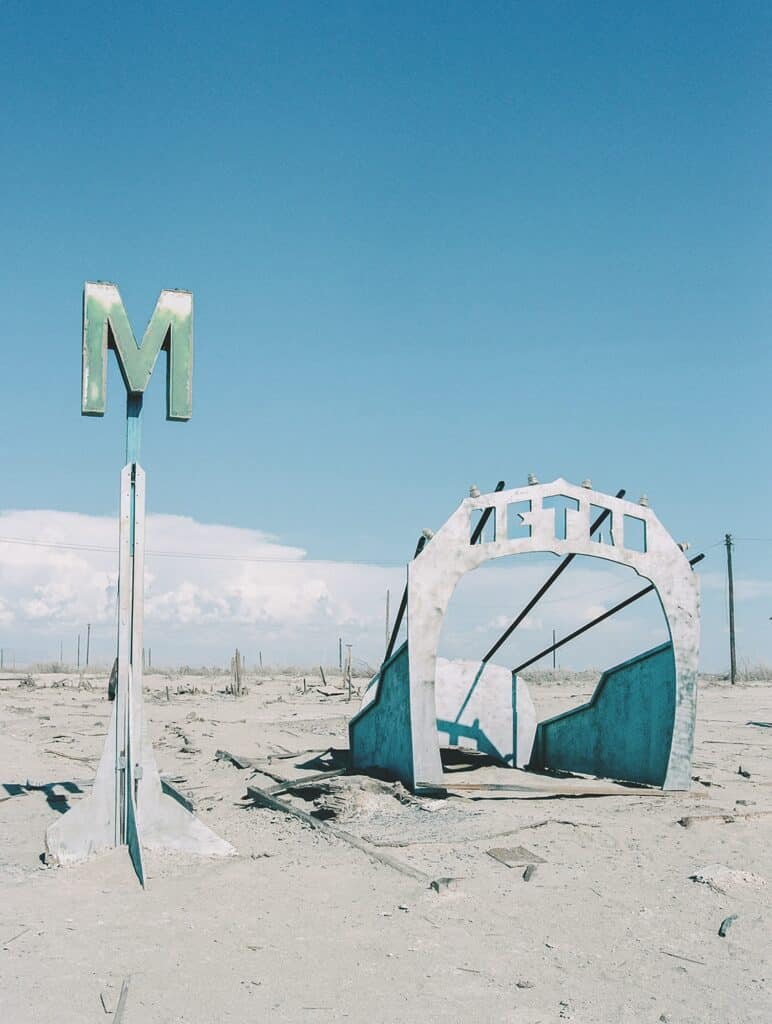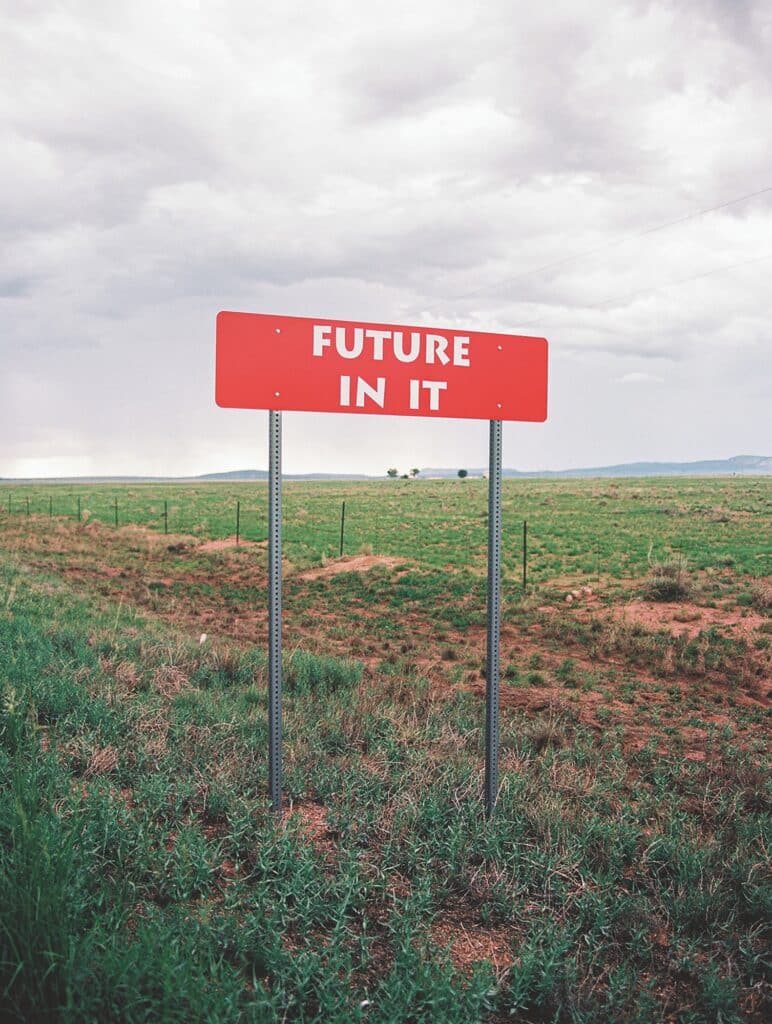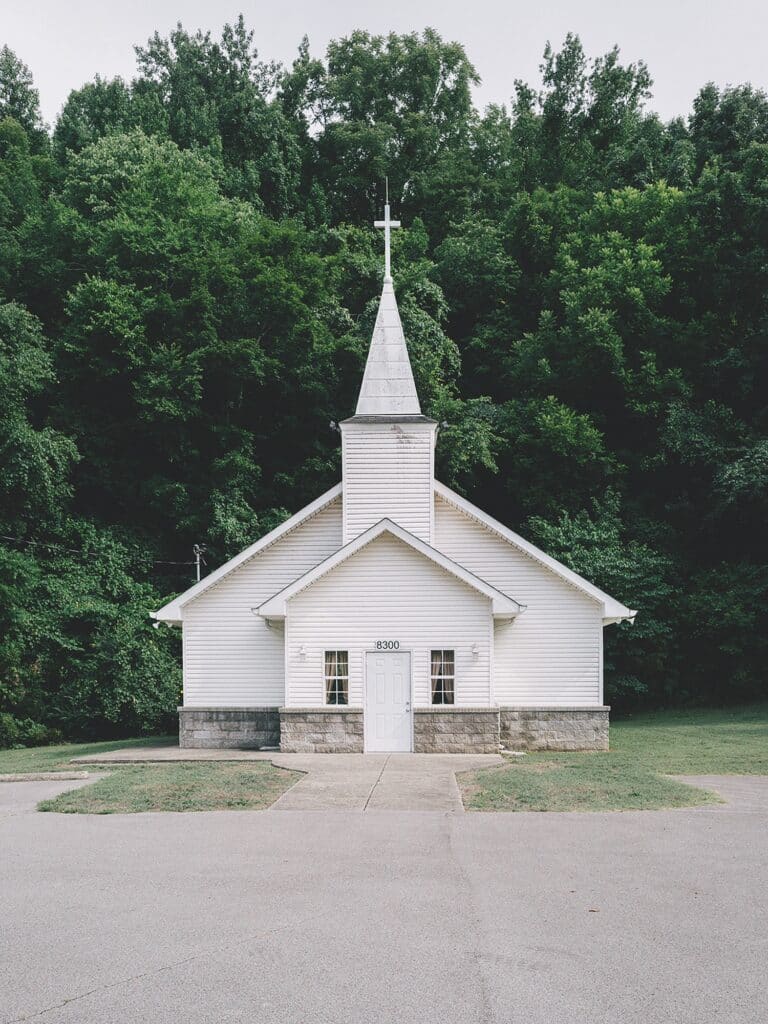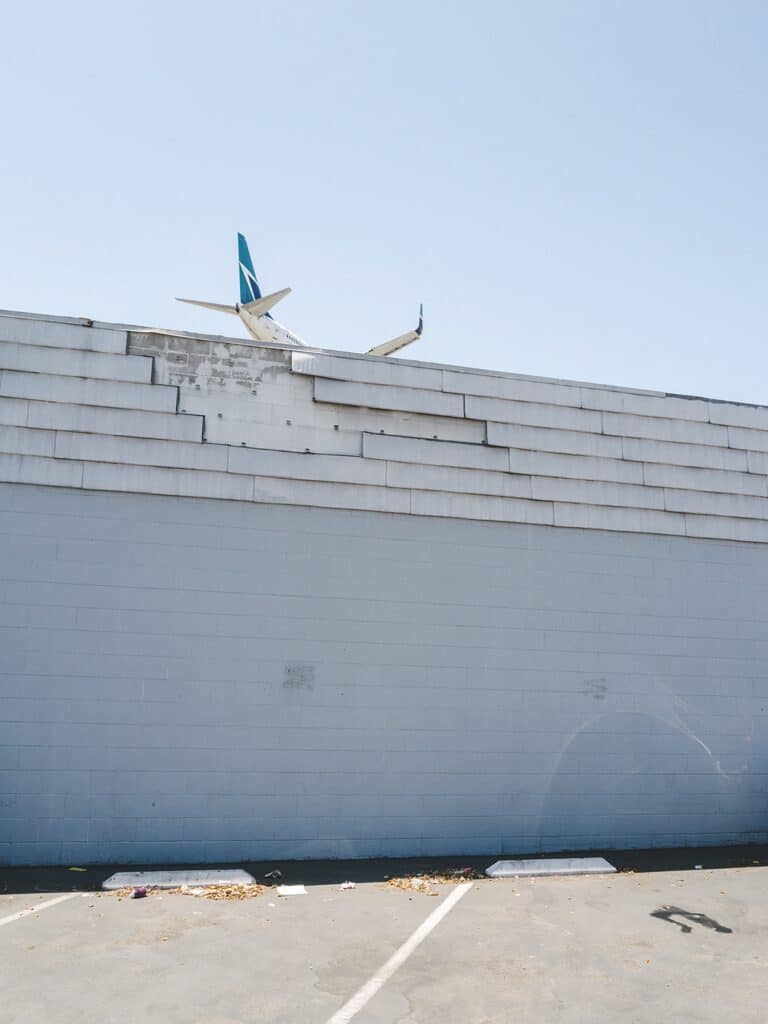The idea had been on his mind for some time. Since 2013, to be exact, Philippe Blayo has made around ten return trips to the United States. He took advantage of his travels to photograph a stripped-down America, far from the idyllic representations of the country, and wanted to do something with this work. So he came up with the idea of a book in September 2022. But not in just any way: he wanted “a book that looks like me”. Philippe Blayo had a choice: to produce a simple travel book or a book that reflected his work and his personality. The choice was a quick one.
“Photography doesn’t exist without a physical medium that can be manipulated,” explains the French photographer. Apart from the desire to tell the story of his journey, which took place mainly in the south and south-west of the United States, much of it on the road between Nashville and San Diego, he wanted to make his work visible. Manipulable, to use his term.
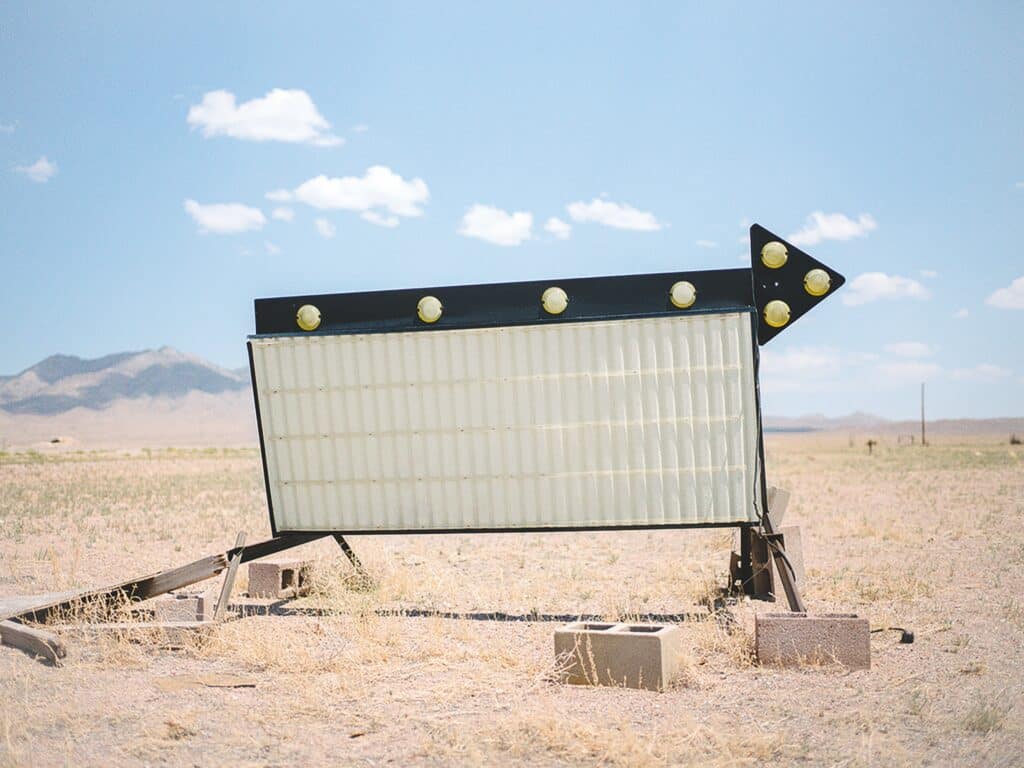
“Japanese landscapes”
Without trying to show America as some people imagine it – or even as some people dream it – he shows a country stripped of its ornaments. What he describes as a “slightly hallucinatory journey through an undressed America”. A journey he makes by car, on a road trip covering several thousand kilometres.
Bastien Manac’h, Deputy Director at Polka magazine, describes Philippe Blayo’s work, and in particular his aesthetic, as “Japanese landscapes”. By this he refers to the photographer’s minimalism, his attraction to small things, insignificant objects. It also translates into an interest in imperfections, close to the Japanese aesthetic – a Frenchised version, without the codes specific to Japanese culture. Derived from Wabi-Sabi, the photographer’s work on the banal approaches Zen.
Philippe Blayo talks about “immobility”. Certainly in his photography, which often features static landscapes. Even the wind seems absent. In his practice too: he likes to stay put, “slow down, take his time”. And finally, in the way we observe the images. “They flash by. You passively watch what’s going on”, like the passenger in a car speeding down the highway.
But this “hallucinatory journey” is above all an inner journey, which the photographer would almost compare to “therapy”. He also asks himself how much of his own self he should put into this project. “There’s also the notion of legacy: what message am I passing on? What am I leaving behind?” It’s a strange way of revealing himself, of telling “his truth”, and his book is available from Trans Photographic Press since March 7th.
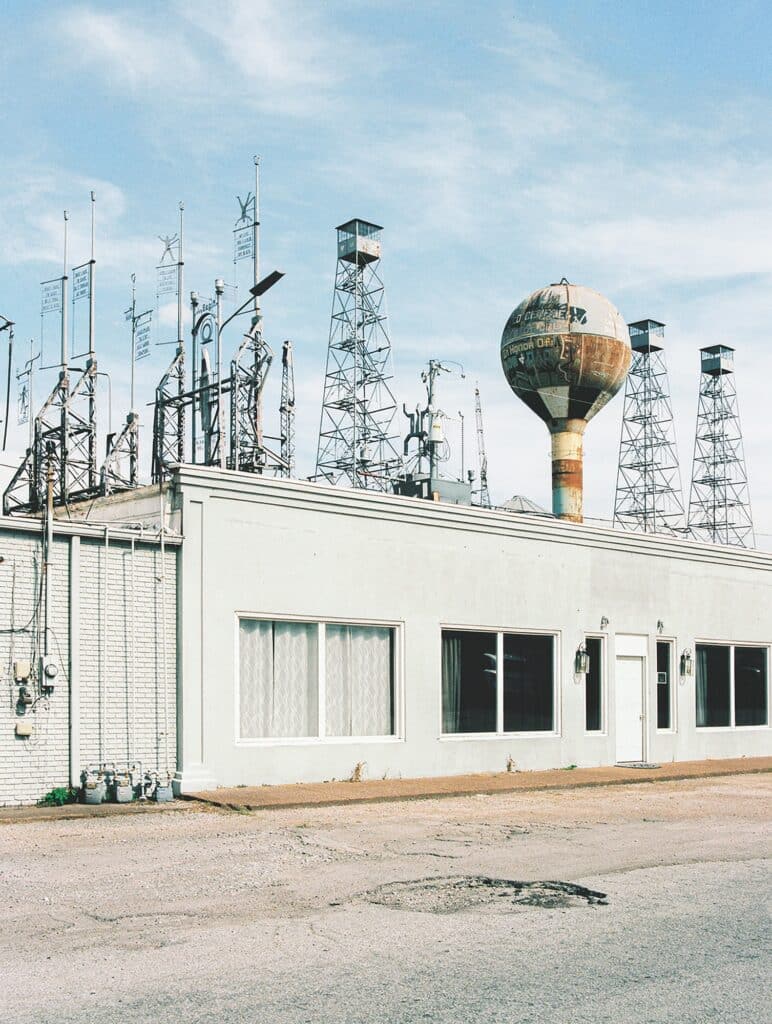
American Decorum, Trans Photographic Press, 96 pages, 38€.

